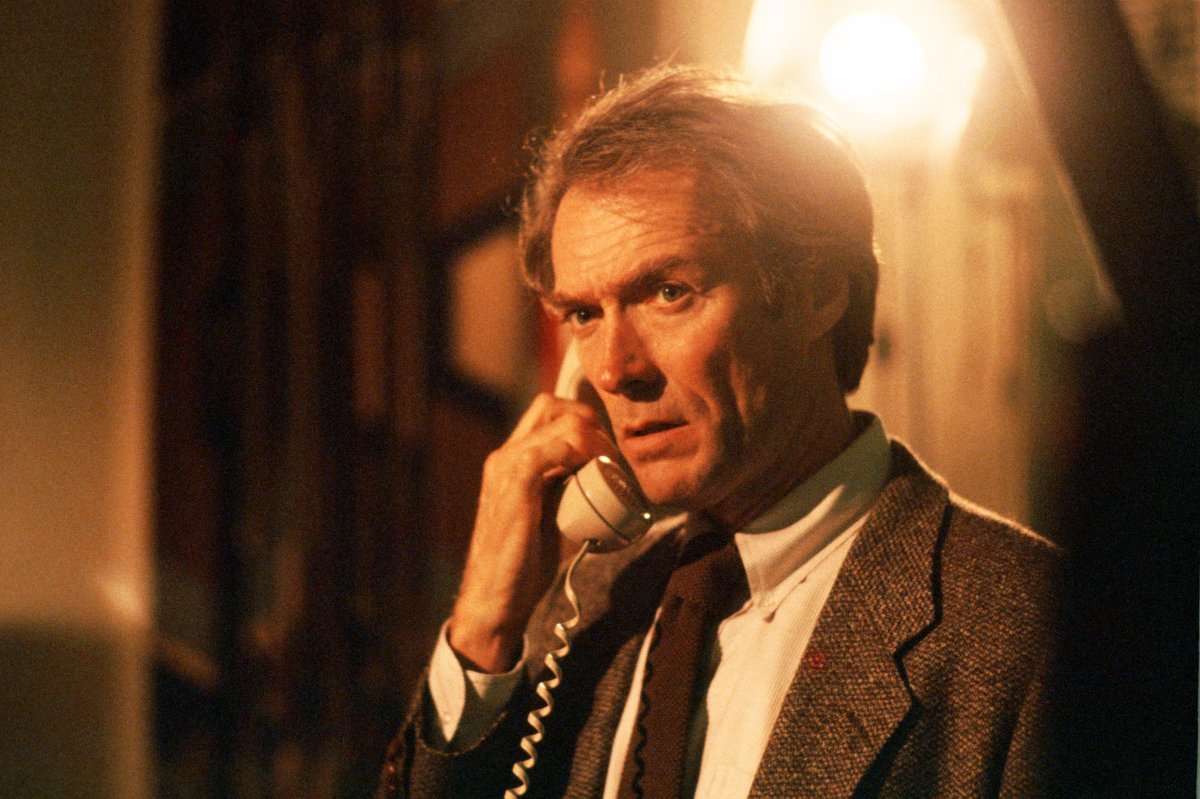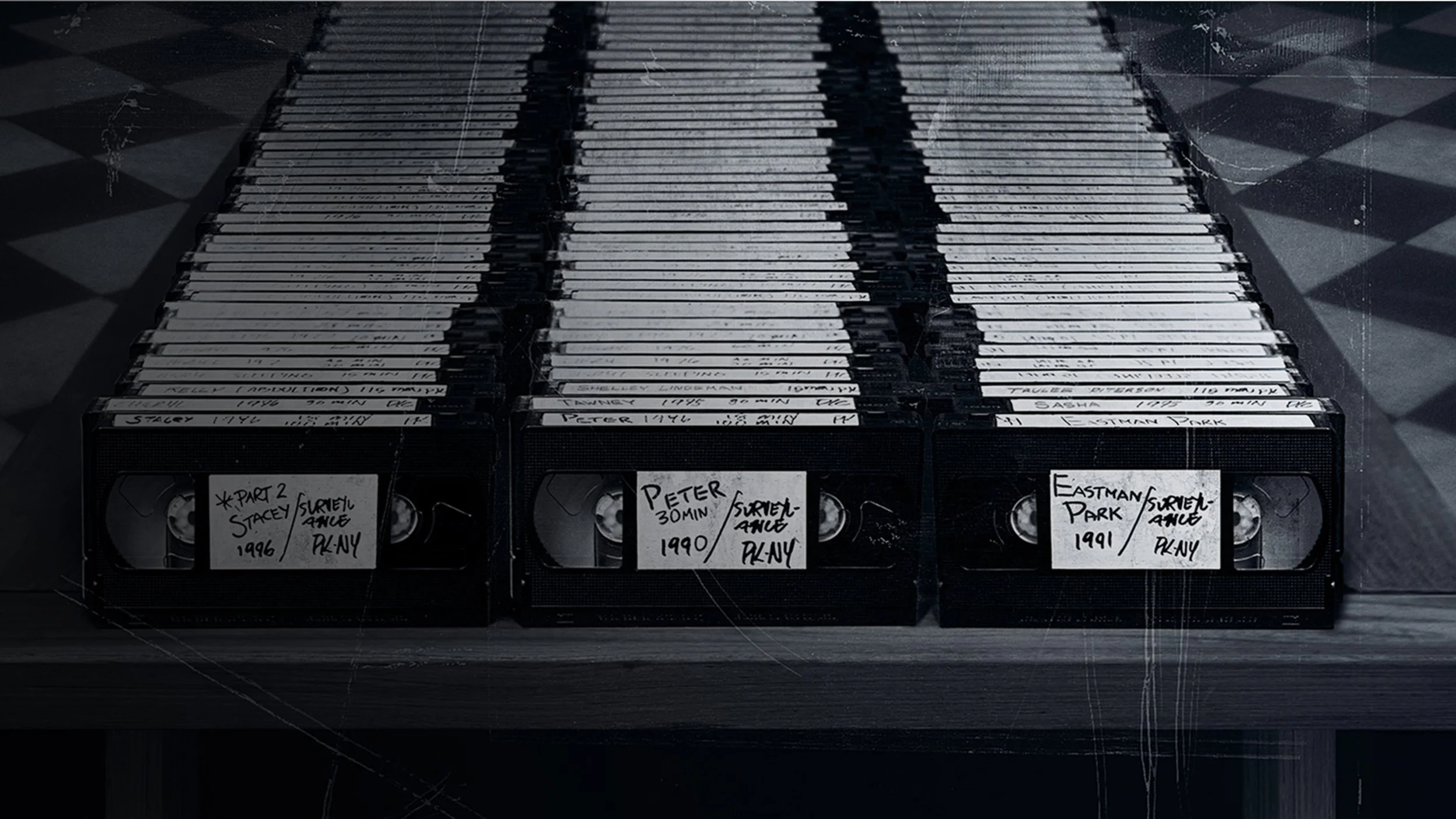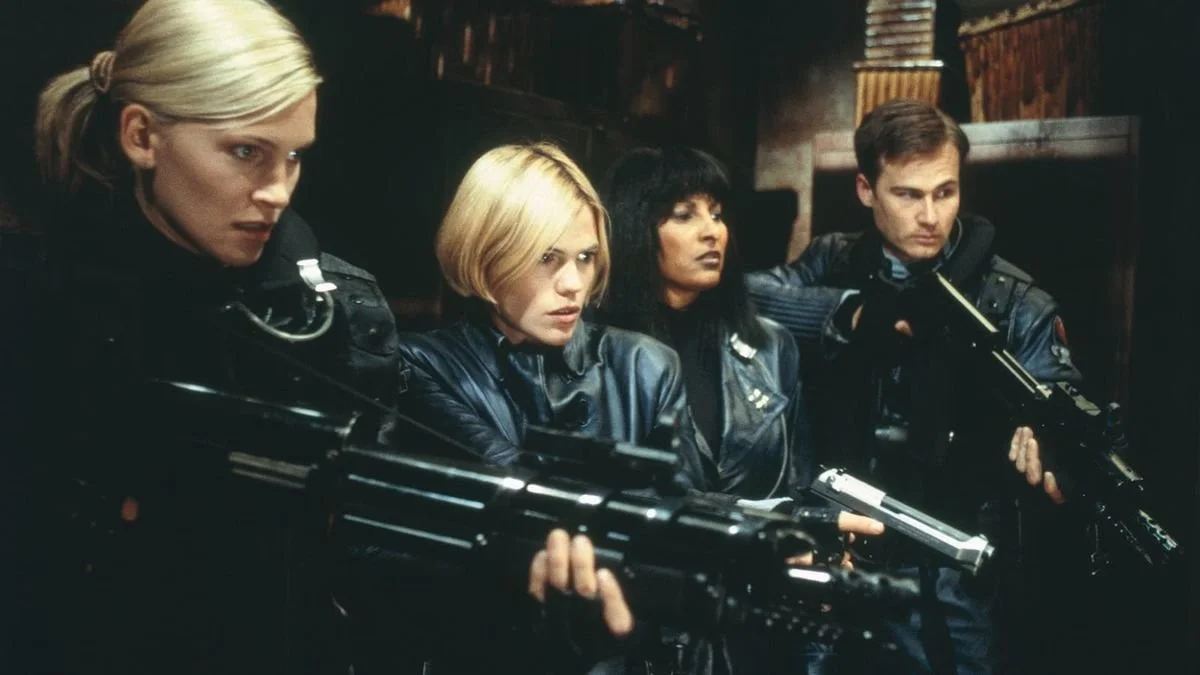Review: Tightrope
Although he isn’t credited as its director, Tightrope is a Clint Eastwood film through and through. Released the year after his fascinating Dirty Harry sequel, Sudden Impact, Tightrope shares that film’s critical self-reflexivity. It looks long and hard at the type of hero Eastwood had become famous for playing and paints a complex portrait of his cinematic obsessions. It’s the type of film that proves the lie in the notion that Eastwood is an uncomplicated, reactionary filmmaker.
In Tightrope, Eastwood plays Wes Block, a hard-done-by New Orleans homicide detective, single father to two girls (one played his real life daughter, Alison Eastwood), and unrepentant womanizer. Block is on the trail of a serial rapist and murderer who is terrorizing the women of the Big Easy. The more Block investigates the case, the closer the serial killer gets to his family, as each victim leads him one step closer to Block.
Could Eastwood’s Block be the killer himself? Tightrope never seriously entertains this reveal as a narrative possibility, but it does play with the psychosexual subtext of the film’s villain being a doppelganger for Eastwood’s conflicted hero. At one point in the film, as Eastwood’s Block starts to experiment with BDSM and other sexual kinks, he starts to have dreams of murdering his sexual partners. We’re meant to ponder the significance of Block following his sexual appetites into increasingly violent avenues, and understand that if he fails to rein in his impulses, he too could be capable of the violence of the killer.
The credited writer and director of the film, Richard Tuggle (who also penned the Eastwood-starring Escape from Alcatraz), frames Block and the killer in similar manners. Working with Bruce Surtees, who also shot Sudden Impact, he relies heavily on close-ups of anguished faces, sweat-soaked foreheads, and eyes watching with a mingling of lust and disgust. We see the killer watching his victims, Eastwood watching men he suspects of being the killer, and eventually, Eastwood watching potential victims as if he were the killer.
There are almost elements of a Brian De Palma film in the way Tightrope weaponizes the perversion of the subject matter in order to indict the viewer, linking the perverted gaze of the killer to Clint and then onto the rapt gaze of the viewer presumably watching in the theatre (or at home in our modern age). The difference is that Eastwood and Tuggle have a moral stake in the proceedings. Unlike De Palma, they feel culpable for the depiction of the material on screen and, thus, showcase a moral obligation towards the viewer. Ultimately, they want the viewer to share their fascination with their material, yes, but also their disgust with the actions on screen.
As the title suggests, Tightrope is about walking the thin line between sexual fantasy and sexual reality, between dreaming about violence and living it out. In his Dirty Harry films in particular, Eastwood plays to the fantasies of the American reactionary, but that’s not all he’s doing. He’s also critiquing police culture, investigating the decline of American cities, and, in the series’ highpoints, such as the aforementioned Sudden Impact, questioning the possibility of justice and the double standards of a culture that celebrates the violence that a Harry Callahan deals out while condemning those individuals, mostly women, who seek justice on their own terms.
Tightrope transposes the interrogation from vigilante violence to sexual violence. Block is tortured by his sexual desires, but also horrified at what such desires might lead to. The film indulges in these vaseline-soaked visions of sexual transgression. For instance, in certain scenes, Block seamlessly transitions from interrogation to sex, using his detective work as foreplay and his probing questions about sexual acts as invitations to act them out. He sleeps with prostitutes, flirts with men in gay bars in order to get information, and, in one infamous moment, is strapped down naked to a table in order to be whipped. The camera indulges in depicting the sexual transgression on screen.
But the camera also watches in horror as women are victimized. Eastwood’s foil in the film, and his eventual romantic interest, is Geneviève Bujold’s Beryl Thibodeaux, who works in a rape prevention centre and who advocates for the victim’s perspective during every encounter with Block. Eastwood and Tuggle have fun contrasting Block’s macho masculinity with Beryl’s serious feminist advocacy. During an early scene at one of Beryl’s self-defense classes, Block shows up to poke fun at the lineup of women practicing kicking men in the junk. But Beryl is no joke. Not only does Bujold provide a feisty, sensitive counterpart to Eastwood, matching his wits and commanding the screen with her own charismatic energy, but Beryl helps Block understand his own conflicting attitudes towards the women in his orbit.
This provocative approach culminates when the killer targets Block and attacks his daughters in their home. The lasting image in the film ends up not being any of the sweaty sexual visions or close-ups of the killer’s psychotic sexual gaze watching Block and his victims, or even Eastwood’s own tormented looks of lust and disgust. Rather, it’s Alison Eastwood’s mute expression of terror, of horror, of bare comprehension at the violence she’s suffered, and the even worse violence she’s narrowly avoided.
Tightrope is something of a Jungian nightmare of a man tortured by the shadow of his own perverted appetites, but like Sudden Impact, it shows Eastwood’s ability as a movie star and a filmmaker to question his own centrality in the story. Thus, Tightrope ends up being not just about the man who catches the killer, but also the girl who narrowly survives him.
8 out of 10
Tightrope (1984, USA)
Written and directed by Richard Tuggle; starring Clint Eastwood, Geneviève Bujold, Dan Hedaya, Alison Eastwood, Jennifer Beck, Marco St. John.



Kiyoshi Kurosawa’s 2001 J-horror film predicted the new millennium in terrifying ways.